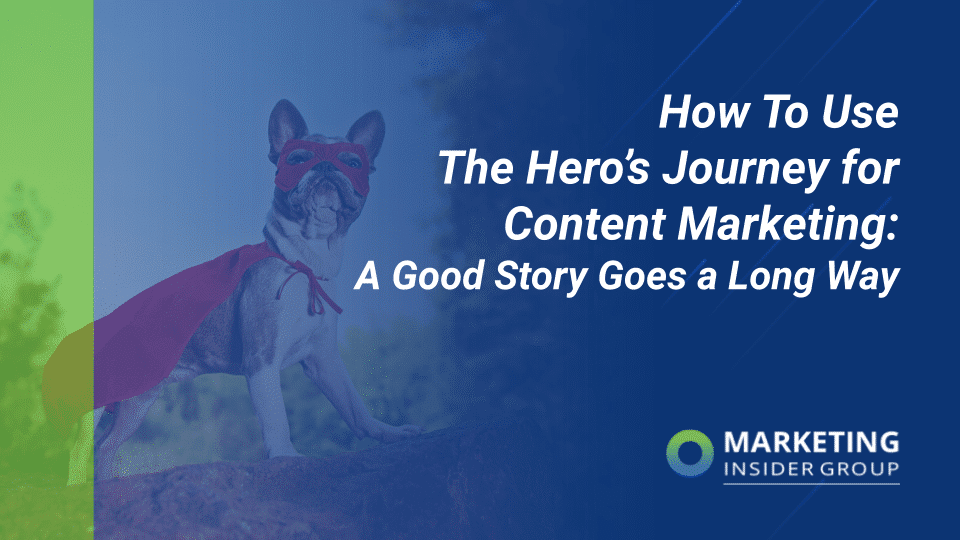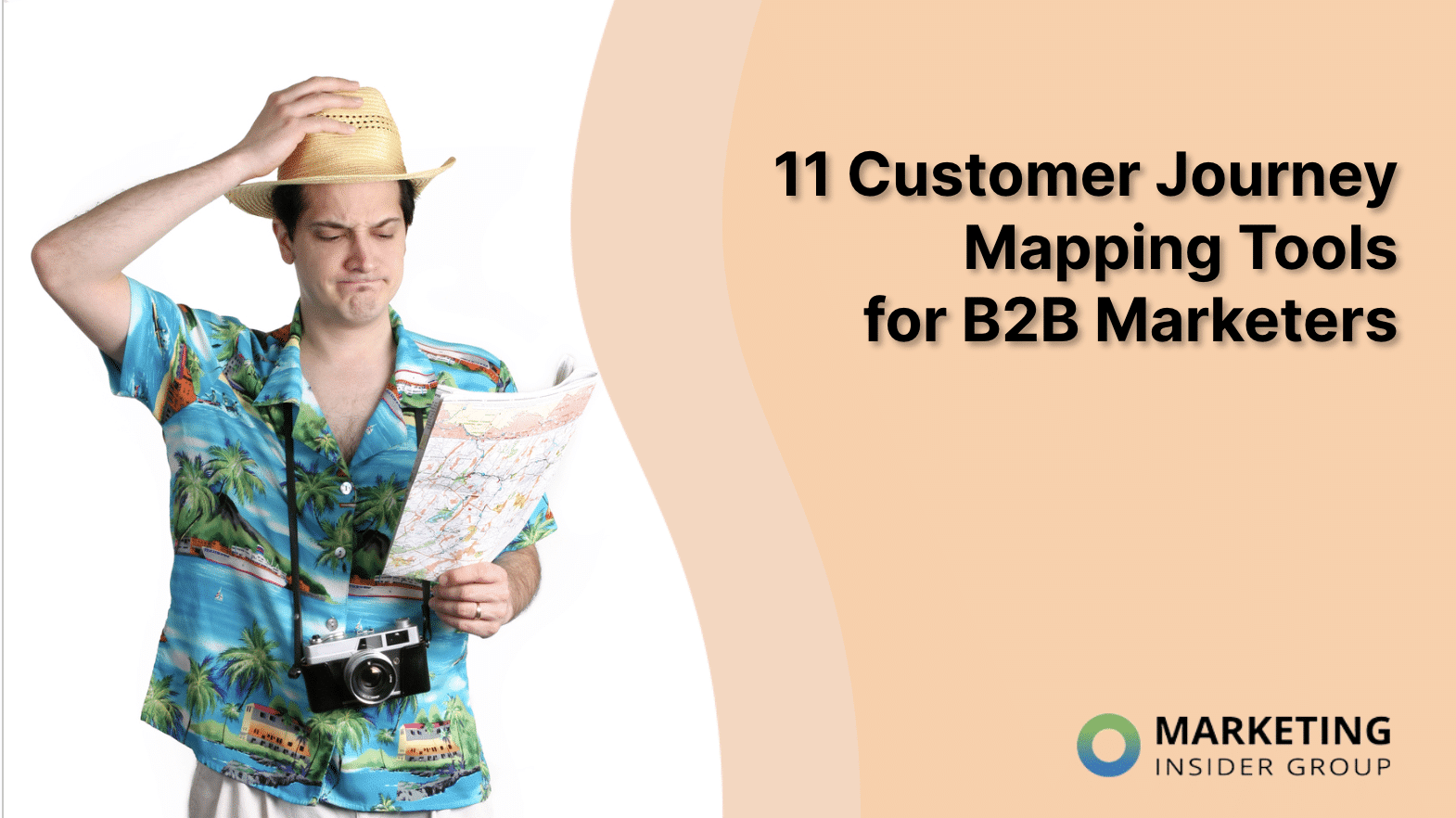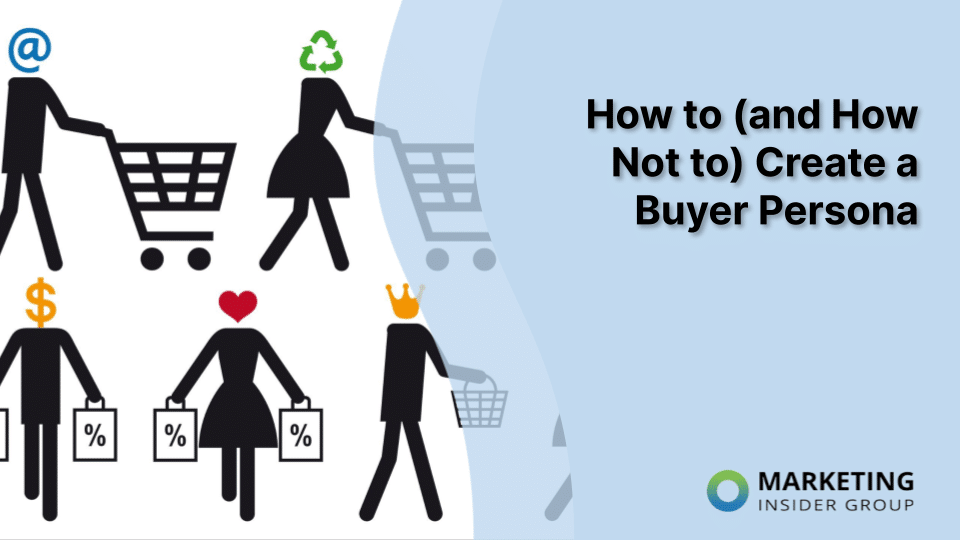
How The Buyer’s Journey Is Becoming More Like a Quest
Funnels, stages, paths, journeys, and more labels that suggest some form of a linear line of thinking has dominated marketing and sales for decades. Whereby the notion of awareness, evaluation or consideration, and purchase decision is built-in to these views. In reality, whatever labels have been applied, there are more similarities than differences.
As forward-thinking marketing and sales leaders prepare for 2020 and continuous digital disruption, it is time to alter this line of thinking.
In vogue the last few years is the idea that the buyer’s journey is the best way to view how buyer’s get to a decision. Mapping such a journey is very helpful and can reveal what steps and processes the buyer is going through.
Is The Buyer’s Journey The Right Perspective For 2020?
The notion of the “journey” came into the conscious stream of business around the time when the concept of “customer experience” was introduced in the late 1990’s. A precursor to customer experience was the concept of diagraming processes introduced by W.E. Deming in the 1980’s when Total Quality Management (TQM) was first introduced.
I bring this up because the idea of touchpoint analysis and journey mapping has been around for a few decades. It may just have taken marketing and sales a while to catch up.
A lot has changed since the introduction of journey mapping.
We have to ask a serious question: is the buyer’s journey the right perspective and mindset in an era of digital disruption?
Part of the answer may exist in the simple definition of the word “journey.” If we look at any of the dictionary sources available, the simple definition will be – an act of traveling from one place to another. Usually, there is a time element associated with the definition of “journey” such as – a traveling from one place to another, usually taking a rather long time.
Our own mindset of the word journey lulls us into thinking of a long methodical approach that buyers are taking. An image of someone with a backpack going hiking seems to be one that is used often.
A Ton Of Marketing Advice On The Journey
The journey concept has spurred a mountain of marketing advice-oriented content related to stages and time. For example, how many articles have there been about “aligning content to the stages of the buyer’s journey” in the last few years? If we guessed in the millions, we just may be close.
In an age of digital disruption and a new decade fast-approaching by 2020, having a “traveling from one place to another, usually taking a rather long time” mindset can cause organizations to be significantly out of synch with their buyers and customers. The biggest danger businesses can face is being caught off-guard as buyers shift to even faster and newer ways of engaging when seeking to solve a problem or fulfill a need.
Redefining The Buyer’s Journey
Buying behaviors are changes so rapidly that we are forced to redefine the concept of journey. Developing a static view of a buyer’s journey is becoming problematic. One important reason is that we are finding that no two buyer’s journeys are alike – even within the same market, segment, or industry.
In several buyer persona research engagements within the past three years, this has become noticeable. We are finding multiple views on how purchase choices and decisions are being made. With wide variances in how people and organizations go about buying. Resulting in multiple buyer personas with multiple buying experience views.
If this is the case, then a one-size fits all static or snapshot view of a buyer’s journey can be erroneous. Causing marketing and sales departments to make faulty choices on how to engage buyers and customers.
Buyers Are On A Quest
First-hand interviews are revealing that the buyer’s mindset varies from a perceived journey perspective. Here is an example:
“When I’m trying to solve a problem, I am on a mission, so to speak. Searching for ways to resolve. The company just didn’t seem to get this.” – Vice President, Operations
I heard comments like this many times. This was not a mindset of getting ready to go on a long journey and making stops along many stages.
What is it more like then? Here is one interviewee from a buyer persona research engagement that gave a clue:
“I was on a quest to find an answer. Getting the team involved also. It was an urgent matter for us because we discovered we were falling short in supporting customers. That’s why we needed to find someone else kind of quickly.” – Director, Customer Support
The term quest stood out. When we look up the simple definition of “quest” in multiple dictionaries, this is what we find: the act of searching and pursuing something; to search for something.
This definition also aligns with a significant change in buying behaviors in the last decade. Whether it is in business-to-business or consumer markets, the empowerment that buyers now have to search is the greatest it has ever been. The digital disruption caused by devices and access to information anytime and anywhere has caused us all to be quest-like.
Buyer’s today behave more akin to being on a quest for knowledge. On a quest to find an answer. On a quest to discover a way to solve an issue or an urgent problem. As we approach 2020 and the state of digital disruption accelerates, this quest-like behavior will also accelerate across the spectrum of low-stakes and high-stakes purchases.
What Steps Can Businesses Take To Prepare For The Buyer’s Quest?
The usefulness of the buyer’s journey will not go away. What businesses will need to adapt to is that a Buyer’s Quest may or may not involve a journey. That there will be a potential for multiple forms of journeys to go with a Buyer’s Quest. This is a significant mind shift in buying behaviors that organizations can adapt to in the following ways:
Seek to understand the Quest of buyers: Before diving deep into understanding journeys, businesses to need to first dive deep into fully understand the quest buyers are undertaking. Too often, marketing and sales journey exercises have been done with presumed ideas of what buyers and customers were seeking.
Align Quest understanding with intent and signals: There has been plenty of talk about understanding intent and signals from a journey perspective. Not enough on understanding intent and interactions from the viewpoint of what quest the buyer is seeking to fulfill.
There is no such thing as the “average” buyer: Buyers respond to organizations that get the “quest” they are on. The more you can be relevant through your brand and different forms of media, the more responsive buyers will be. Researching and creating goal-directed and quest-directed buyer personas can go a long way in terms of understanding what is relevant to buyers today – not yesterday.
Give “AI” a different meaning: The acronym of AI has meant Artificial Intelligence. What if we changed the mindset to that of Assistive Interaction? By 2020, buyers will expect that you will understand what they want and serve it up when they need it. They will expect to be assisted, through automation and digital experiences, in their quest to find knowledge about how to resolve or reach a goal important to them. Organizations will need to invest in assistive intelligence and automation.
Understand Buyer’s Quest By 2020
Many organizations will need to transform their thinking to a Buyer’s Quest perspective. The buyer’s journey then is seen as part of the overall quest buyers undertake. This is instead of viewing the buyer’s journey as an end means on its own. How buyers behave in undertaking a quest – the search for something and the search for knowledge – will continue to evolve via an accelerated pace by 2020. Meaning organizations must accelerate their own pace of understanding buyers and the quest they are on.






